Expert’s Rating
Pros
- (Maybe) the best camera around
- Fast wired & wireless charging
- IP68-water resistance
- Great battery life
Cons
- Awkward-looking camera design
- No Gorilla Glass
- Frustrating software
Our Verdict
The Vivo X80 Pro is an exceptional phone, with a stunning display, excellent battery life, and one of the best cameras in any phone right now. The software is really the only reason to consider looking elsewhere – it’s clunky, awkward, and laden with bloatware. Hardware this good deserves better.
Best Prices Today: Vivo X80 Pro
Vivo’s flagship phones have slowly earned a reputation for excellent camera performance, culminating in last year’s X70 Pro+ being widely named one of – if not the – best camera phones on the market.
With no X80 Pro+, it falls on the X80 Pro to take up the mantle. And indeed, its camera system is strikingly similar to the X70 Pro+’s, albeit with a few key tweaks – especially to the company’s trademark gimbal stabilisation.
Factor in faster charging and an upgraded chipset and the X80 Pro is certainly a worthy successor, if not a clear-cut upgrade, and by any measure is an exceptional Android flagship.
Design and build
- Unusual large camera module
- Fantastic frosted glass finish
- IP68 rating
From the front, the Vivo X80 Pro looks like any other high-end Android flagship. It’s big a slab, thanks to an enormous 6.78in display with a central punch-hole selfie camera and sloping, curved sides to the screen.
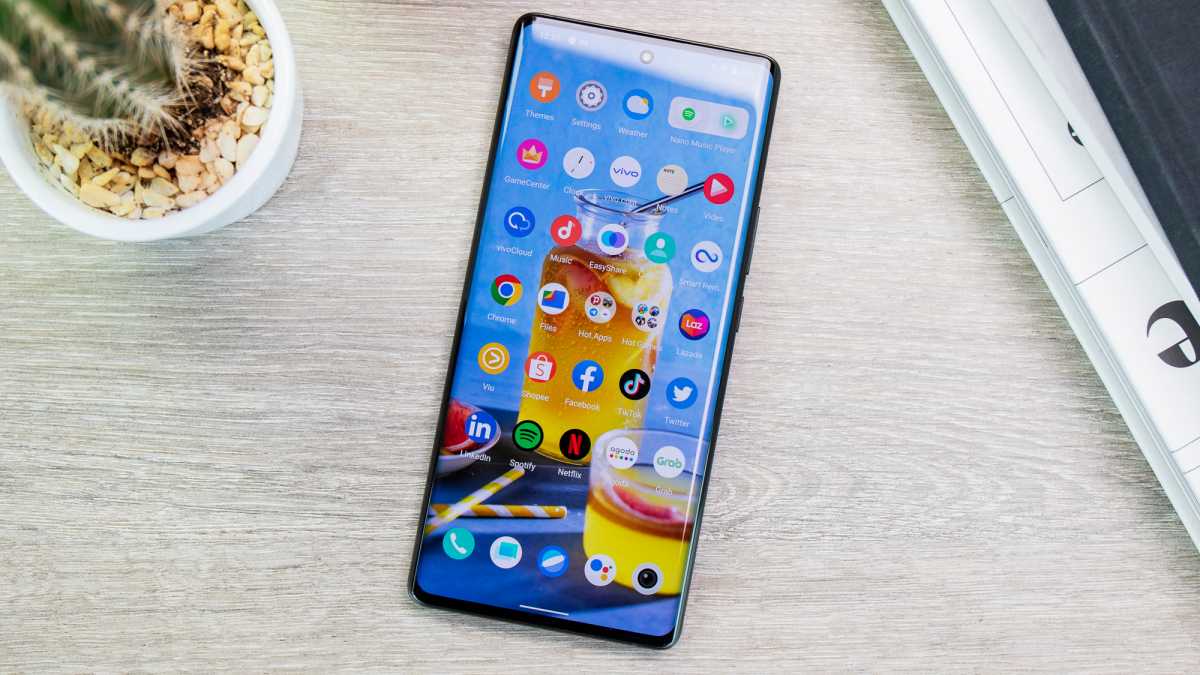
Dominik Tomaszewski
At 9.1mm it’s not the thinnest phone around, but with the curved edges it still feels surprisingly slender. Similarly at 219g it’s not super lightweight, but most phones this size still run a little heavier.
From the back though, it’s a little more unusual. That’s mostly down to the camera module, a strange design which sees three of the four rear lenses contained in a circle, with the fourth sat below them but within a larger, mirrored rectangle that stretches across the phone’s back.
Elements of this have already been seen in other Vivo phones, so it’s not entirely new, but I still think it looks pretty odd – not least the way the periscope lens seems to have been inelegantly dumped below the other cameras. Still, it’s certainly unusual, and one undoubted benefit of the wide module is that the phone doesn’t rock from side-to-side when resting on its back.
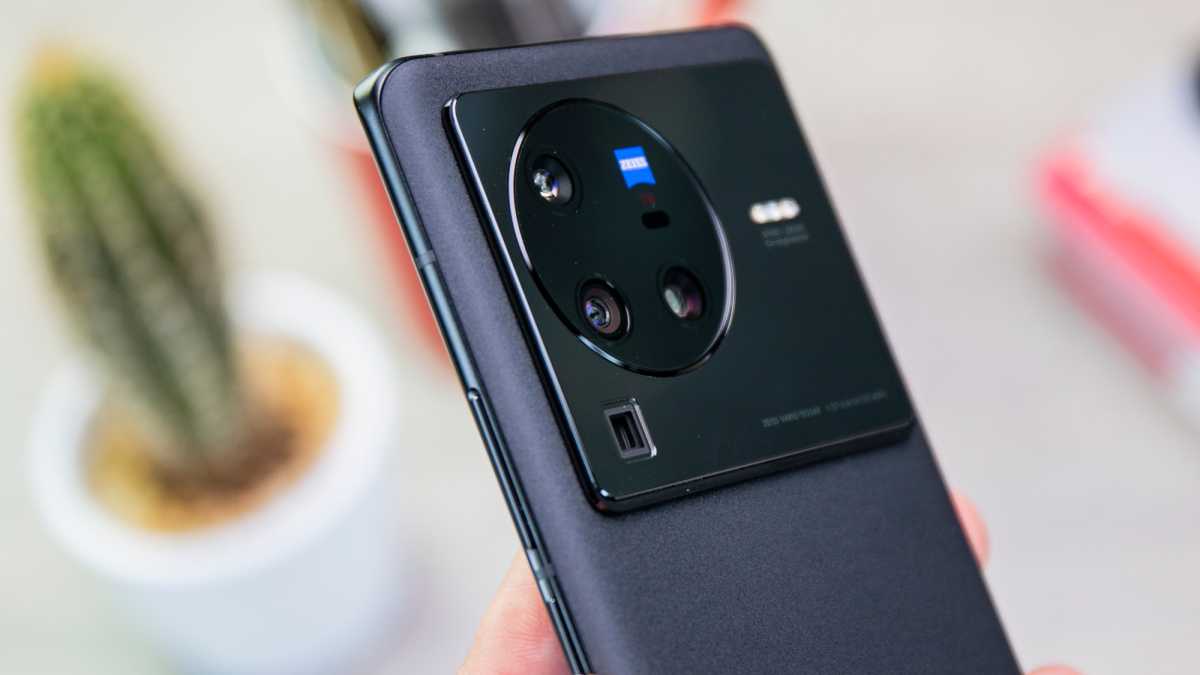
Dominik Tomaszewski
It helps that the rest of the phone’s finish is phenomenal. The global release of the phone is only available in black frosted glass (with orange vegan leather and green ceramic also available in China), which glitters slightly in the light while still looking as understated as you’d expect from a plain black phone.
Perhaps more importantly, the finish feels fantastic. It’s somehow smooth and soft, an almost satiny texture that simply doesn’t make sense coming from a sheet of glass. It’s brilliant – though of course won’t really matter much if you throw it into a case.
You’ll probably want that case, since Vivo hasn’t confirmed whether or not it’s used Gorilla Glass to keep the phone safe(r) from drops or scratches. It has invested in an IP68 rating though, so the X80 Pro should stay safe enough from water and dust.
Display and audio
- Massive 6.78in screen
- 120Hz LTPO and QHD+ resolution
- Stereo speakers
The display is one of the biggest clues that the X80 Pro is really a successor to the X70 Pro+, rather than last year’s regular X70 Pro. That’s because it’s jumped up to match the size and resolution of the previous top model, with a display that’s honestly hard to beat.
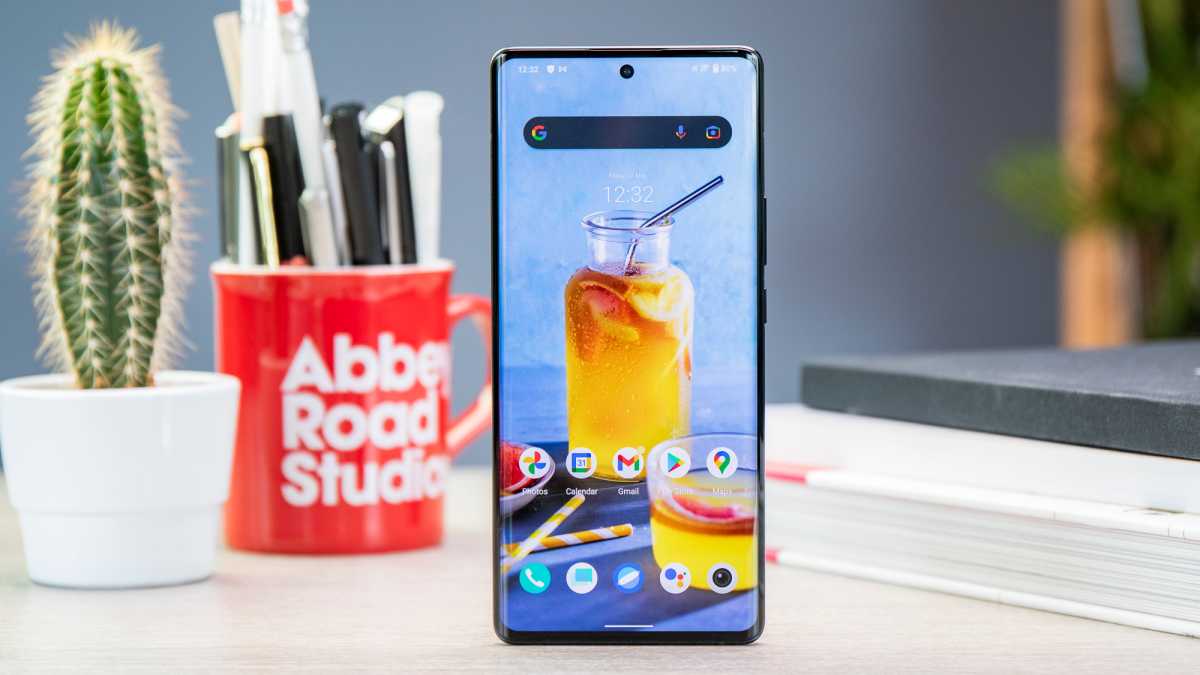
Dominik Tomaszewski
As I’ve already said, at 6.78in this is a big screen. The 1440 x 3200 resolution makes it QHD+, more detailed than even many other flagships. Thanks to using the latest LTPO 3.0 display tech, the phone can also scale its refresh rate from 1Hz all the way to 120Hz to optimise power consumption.
Those are all just tech specs though, and what matters is that this screen is beautiful to look at. It’s bright, punchy, and colourful, and even comfortable to use in fairly direct, bright light.
As long as the extra-large size appeals, I can’t imagine anyone having a word of complaint about this screen.
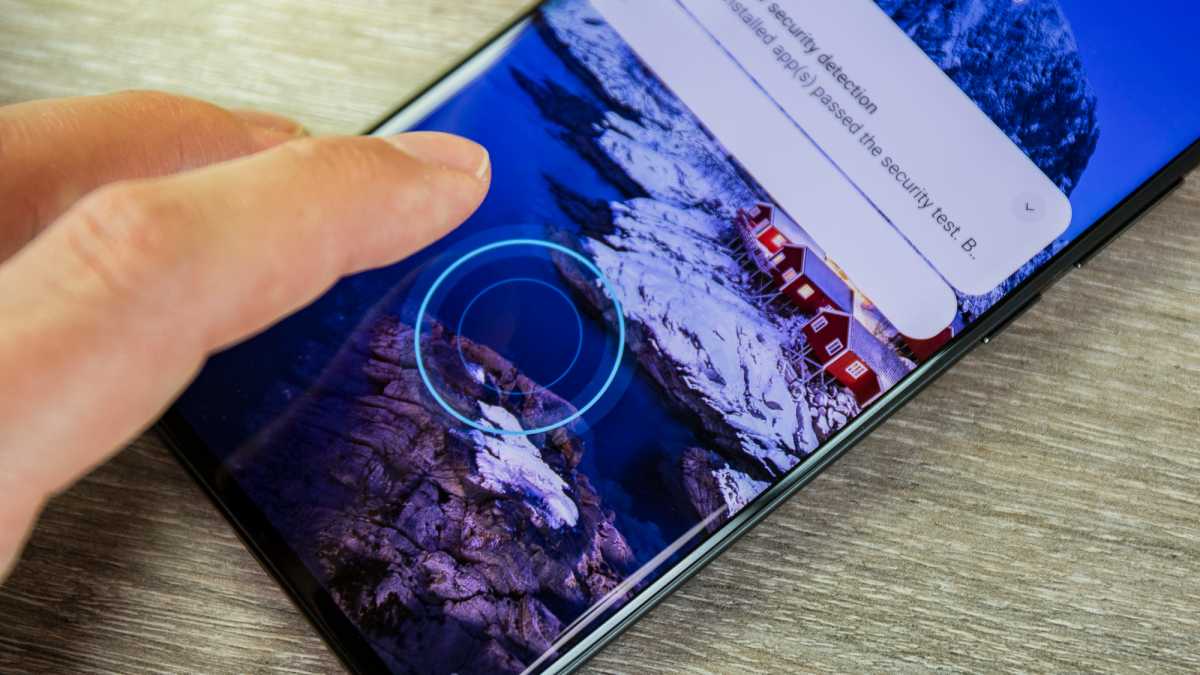
Dominik Tomaszewski
It also packs in one fairly unique perk: an extra-large ultrasonic fingerprint sensor. The larger sensing area makes it far easier to unlock the phone without really looking, and it’s also proved impressively fast and accurate. If you want you can even register two fingerprints simultaneously for an extra layer of security – requiring both to be scanned at once for biometric verification – but this can only be used for app encryption, not to unlock the phone itself.
As for audio, it won’t surprise you to hear there’s no headphone jack here. That means headphones will have to be Bluetooth or USB-C, and when you’re listening out loud the built-in stereo speakers are powerful for a phone, though of course won’t match a dedicated speaker.
Specs and performance
- Flagship Snapdragon 8 Gen 1 chipset
- 12GB RAM and 256GB storage
- Smooth performance
Core performance is another area where there’s really no room for complaint.
The global version of the X80 Pro is powered by Qualcomm’s Snapdragon 8 Gen 1, the most powerful Snapdragon chip available in phones right now (the slightly faster 8+ Gen 1 has only just been announced, and not yet made it into actual handsets).
It comes paired with 12GB of RAM and 256GB of non-expandable storage, though that’s the only option you get.
Interestingly in China there are other RAM and storage options, along with even the option to buy the phone with the rival MediaTek Dimensity 9000 chip – though there’s just the one version for the international launch.
That’s hardly a problem when it runs this well though. With the specs it has, it’s no surprise that the X80 Pro holds its own with the best phones on the market in our benchmarks, and it’s the same story in day-to-day use. The phone is fast, fluid, and responsive no matter what you throw at it, and will be a great choice for multi-tasking or intense gaming.
As for networking, you get 5G, Wi-Fi 6, Bluetooth 5.2, and NFC – pretty hard to fault. Funnily enough the China-only Dimensity version of the phone benefits from the more recent Bluetooth 5.3 standard, but this really doesn’t matter in the grand scheme of things.
Battery and charging
- Excellent nearly two-day battery life
- Fast wired and wireless charging
- 80W wired charger supplied
Ready for more good news? The X80 Pro is fantastic when it comes to its battery too.
The 4700mAh cell here is larger than on any of Vivo’s flagships last year, and it’s paid off. The phone comfortably lasts through a day, and almost stretched to a full second day for me – and for lighter users I suspect it often will.
That’s with me using the always-on display, high refresh rate, and max resolution too, so if you’re happy to drop any of these features down then you should find the phone lasts even longer.
That experience is backed up by lasting more than 11 hours in the PCMark battery benchmark, one of the best results we’ve seen in a flagship in some time, and a serious improvement on the X70 series.

Dominik Tomaszewski
Even better, with the fast charging on offer you won’t need to plug the phone in overnight anyway. The 80W wired charger supplied with the phone is the key: in my test it brought the phone back to 60% in 15 minutes, and 98% in 30, so you could probably plug the phone in while you shower and get a full day’s battery back.
If you’d rather, it also supports 50W wireless charging, though as always this relies on buying Vivo’s official wireless charger. If you’d rather, it will still happily charge at slower speeds on third-party Qi-certified wireless chargers too though.
Camera and video
- Powerful quad rear camera
- Gimbal-stabilised 2x portrait lens
- Capable selfie shooter
The camera hardware on the X80 Pro is another hint that this is pretty much a follow-up to the X70 Pro+, because almost the exact same setup is used again here, albeit slightly re-arranged.
The heart of the camera is a 50Mp main lens, joined by a 48Mp ultrawide, 12Mp 2x portrait telephoto lens, and 8Mp 5x periscope lens. All use pretty much the same sensors, lenses, and apertures as on the older phone.

Dominik Tomaszewski
There are a few small tweaks though. All the lenses now benefit from the new V1+ image processing chip; the main lens gets an upgrade to the ISOCELL GNV sensor – a custom version of the GN1 used before; and the gimbal stabilisation has been moved from the ultrawide to the portrait lens.
Those first two tweaks are decidedly minor. Even taking side-by-side comparison shots it’s incredibly hard to spot much difference between results out of the main lenses from this phone and the X70 Pro+, suggesting that whatever benefits the V1+ and GNV are bringing, they’re relatively slight.
Being just as good as the best camera in any phone is not exactly a small achievement though. Like most flagships the main lens here excels in bright lighting, but the real difference for the X80 Pro is how well it handles low light, especially using HDR to balance out bright lights in otherwise dark scenes. No other manufacturer is close right now.
Even without the gimbal stabilisation, the ultrawide still handles itself exceptionally well too. Once again, it’s at night where it really sets itself apart – most other flagships have powerful ultrawides that falter in dim lighting, but this lens looks about as good as the main camera even in challenging lighting.
The two zoom lenses are only a little less impressive. Both impress for the most part, though the 5x periscope, while good, is certainly no match for the Galaxy S22 Ultra. Shots look great at the natural 5x level, good up to 10x, but drop off after that as the digital zoom takes over. Both handle low light better than most rivals, but there’s a clear gap between these two lenses and the main and ultrawide in that regard.
The big change here is the addition of gimbal stabilisation to the portrait lens – Vivo’s term for the 2x zoom camera. This is mostly to facilitate stable portrait video, especially at night, and results are impressive. Personally, I’d expect to get more use out of that tech on the ultrawide camera, but your mileage may vary.
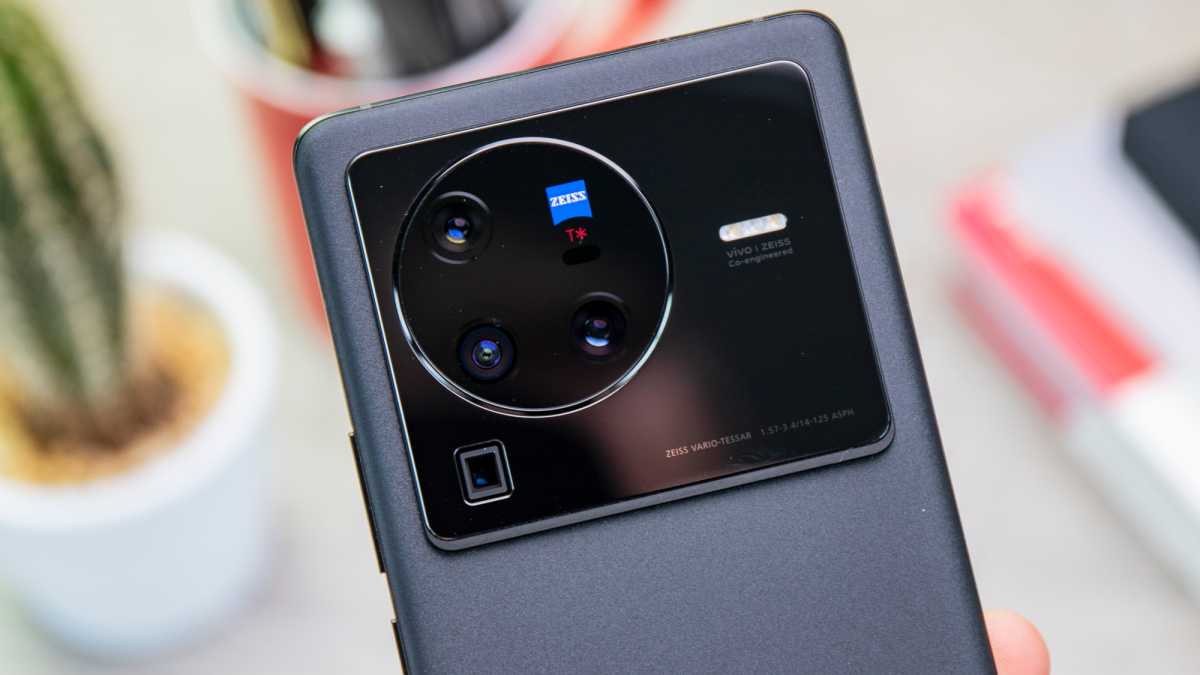
Dominik Tomaszewski
As before, the rear camera features Zeiss branding, and all the lenses benefit from the company’s T* lens coating, which reduces glare and reflections. There are also a few Zeiss photo filters, as well as a Zeiss-branded ‘cinematic’ video mode, which shoots in a wide cinema-style aspect ratio at 24fps with a bokeh effect, designed to replicate the Hollywood feel.
For other video, the phone can shoot at up to 8K, but the best results will be at HD and 4K. The main strength here is stabilisation – even setting aside the portrait lens’s gimbal tech, there’s excellent stabilisation across every lens here, making this one of the best Android phones for shooting video.
The selfie camera is perhaps the least remarkable of the four lenses, but it’s no slouch. This 32Mp, f/2.5 camera handles itself well in varied lighting, and has plenty of filters and beauty options if you want them.
Software and updates
- Android 12 with FunTouch OS
- Lots of pre-installed bloatware
- Three years of updates promised
If the X80 Pro has a weak spot, it’s the software.

Dominik Tomaszewski
The phone ships with Android 12 and FunTouch OS, which is far from my favourite Android skin around – and might just be one of the worst.
It feels like Xiaomi and Oppo’s software did three or four years ago, with a slew of pre-installed software, strange default settings, and aggressive battery optimisation.
The bloatware is the biggest flaw: no phone this expensive should feel this cheap when you set it up, but it’s hard not to have that impression when your app drawer is immediately filled with a host of Vivo apps you don’t want along with third-party offerings like Grab or Agoda. There are even app-esque ads for ‘Hot Apps’ and ‘Hot Games’, which sit in your library and can’t be uninstalled.
Other annoyances range from the ugly cycling lock screen wallpapers that are pre-applied by default (and difficult to turn off) and the fact that you’ll likely have to manually rein in the phone’s battery management tech or risk missing notifications or having your background apps killed off.

Dominik Tomaszewski
The good news is that Vivo has at least improved its promise for long-term support. The X80 Pro will get three Android version updates – taking it through Android 13 and on to 15 in 2024 – and will get security patches for the same period.
That’s not the best promise around – Google and Samsung both do better – but it’s an improvement on the company’s previous offering, and does put it at the upper end of the range for Android software support right now.
Price and availability
The Vivo X80 Pro is out now across Asia and a few European countries – you can grab it now from Ali Express, Flipkart, and other retailers. European markets include Spain, Germany, and Italy, but it looks like the phone won’t launch in the UK – and certainly won’t reach the US.
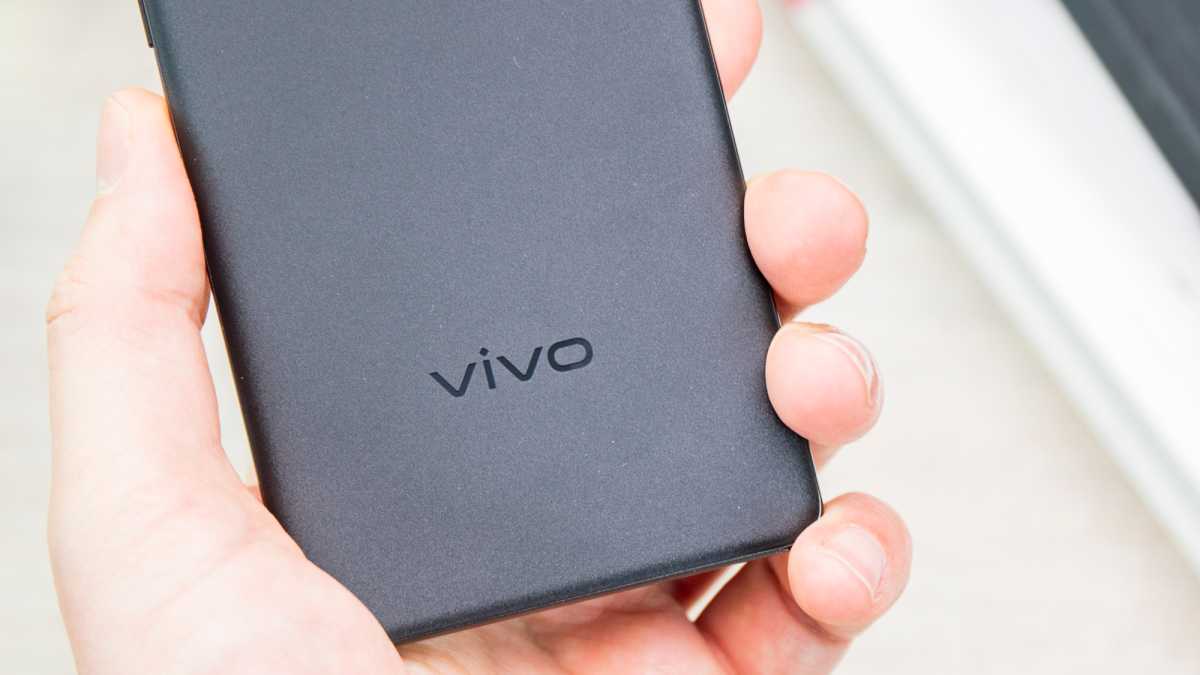
Dominik Tomaszewski
As for pricing, in India the phone costs ₹86,999 (about £905/$1,120), while in Europe it ranges between €1,100 and €1,300 depending on the country.
That’s expensive, outpacing the Pixel 6 Pro, but similar to or cheaper than the Galaxy S22 Ultra, Oppo Find X5 Pro, and Xiaomi 12 Pro.
Check out our guides to the best Android phones and best camera phones for more alternatives, or the best Vivo phones for how it ranks in the company’s catalogue.
Verdict
The Vivo X80 Pro is an exceptional Android phone.
Top-notch core specs are combined with a stunning display, excellent battery life and charging, and one of – if not the – best cameras in any phone right now.
If you ask me the design leaves something to be desired, especially when it comes to the awkward camera module, though FunTouch OS is really the main reason to consider looking elsewhere. It’s clunky, awkward, and laden with bloatware – hardware this good simply deserves better.
Still, if you can get past that then this phone is truly fantastic, and nowhere more so than the camera. Samsung may still have the periscope crown, but Vivo’s main camera and ultrawide are almost certainly the best around, especially at night, and this is one of the few Android phones to come close to the iPhone on video.
Specs
- Android 12 with Funtouch OS 12
- 6.78in WQHD+ AMOLED, 120Hz, HDR10+
- Qualcomm Snapdragon 8 Gen 1/MediaTek Dimensity 9000
- 8/12GB RAM
- 256/512GB internal storage
- 50Mp, f/1.6 main lens with OIS
- 48Mp, f/2.2 ultrawide lens
- 12Mp, f/1.6, 2x zoom telephoto lens with gimbal stabilisation
- 8Mp, f/3.4, 5x zoom periscope lens with OIS
- 32Mp, f/2.5 selfie lens
- Fingerprint scanner (in-screen)
- Bluetooth 5.2/5.3
- GPS
- NFC
- 5G
- Dual-SIM
- IP68 rating
- 4700mAh non-removable battery
- 80W wired charging
- 50W wireless charging
- 164.6 x 75.3 x 9.1mm
- 215/219g





